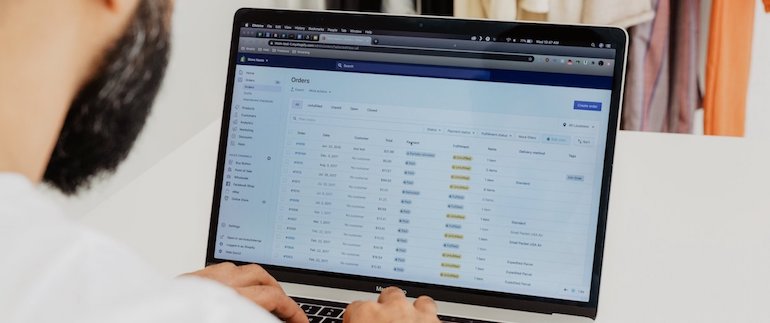

This is a great example of how brands can start advertising and creating brand awareness in virtual reality spaces like this. The company held a contest for NASCAR fans to create their own “skin” for a virtual car, choosing two designs to debut on it. It’s taken a metaverse space that already exists and established a presence there by creating a branded virtual car within the Roblox game Jailbreak. There are (and will be as the metaverse and access to it expands) millions of ways to go about this, but let’s just talk about a few.įirst, let’s take a page out of NASCAR’s book.

To keep up with the ever-growing digital channels, creating a space for your brand in the metaverse has to be at the top of your to-do list. Popular metaverse spaces include online games like Roblox and Fortnite.īut what does this have to do with business? It’s like a virtual extension of the physical world. In just a few words, the metaverse is an online space where humans interact as avatars. You may have heard about Mark Zuckerberg’s ambitious goal to pioneer the metaverse, and his company’s rebranding itself as “Meta.” This is because the metaverse is something that businesses are going to have to start paying attention to. We’ve got a list of six trends we predict B2B ecommerce will see in the coming year. Then you need to get a head start on the trends we’re predicting for 2022. Your first step is to catch up with any trends you may have missed from last year. Having suppliers close by as well as a number of options in case a disruptive event were to occur helps to build resilience and ensure your company always has access to new inventory.

Let’s dig into some of the themes that characterized the industry over the last year. In 2021, this meant a shift to a mobile-first focus, personalizing the customer experience, and more. However, even before the pandemic, online sales were steadily increasing, meaning ecommerce businesses have had to keep up with new trends and customer expectations each year.

This set the scene for unprecedented growth in ecommerce sales and businesses across the board. What happened in 2021?Īs we entered Year 2 of the COVID-19 pandemic, many consumers were still working from home and preferring to make purchases online rather than in-store. Unsubscribe any time by clicking the link in our emails. By submitting this form, you agree to receive promotional messages from Shopify.


 0 kommentar(er)
0 kommentar(er)
